
Biography of Emily Dickinson American poet
Key Poem Information Unlock more with Poetry + Central Message: The transition between life and death can be hard to imagine Themes: Death Speaker: Someone nearing death Emotions Evoked: Anxiety, Stress, Worry Poetic Form: Quatrain Time Period: 19th Century

Emily Dickinson life explored in film 'Angles of a Landscape Seeing
I Heard a Fly Buzz - When I Died - (591) by Emily Dickinson _ Poetry Foundation - Free download as PDF File (.pdf), Text File (.txt) or read online for free. I Heard a Fly Buzz Open navigation menu

I heard a Fly buzz when I died (591) by Emily Dickinson When i
One of Dickinson's most famous poems, "I heard a Fly buzz" strikingly describes the mental distraction posed by irrelevant details at even the most crucial moments—even at the moment of death. The poem then becomes even weirder and more macabre by transforming the tiny, normally disregarded fly into the figure of death itself, as the.

Emily Dickinson, la gran poeta de la naturaleza
Andrew Spacey Updated: Oct 6, 2023 9:32 AM EDT Emily Dickinson's "I Heard A Fly Buzz" "I Heard A Fly Buzz" is one of many poems Emily Dickinson wrote on the subject of death. It's estimated that out of a total of around 1800 poems she wrote, about 300 deal directly or indirectly with the end of life.
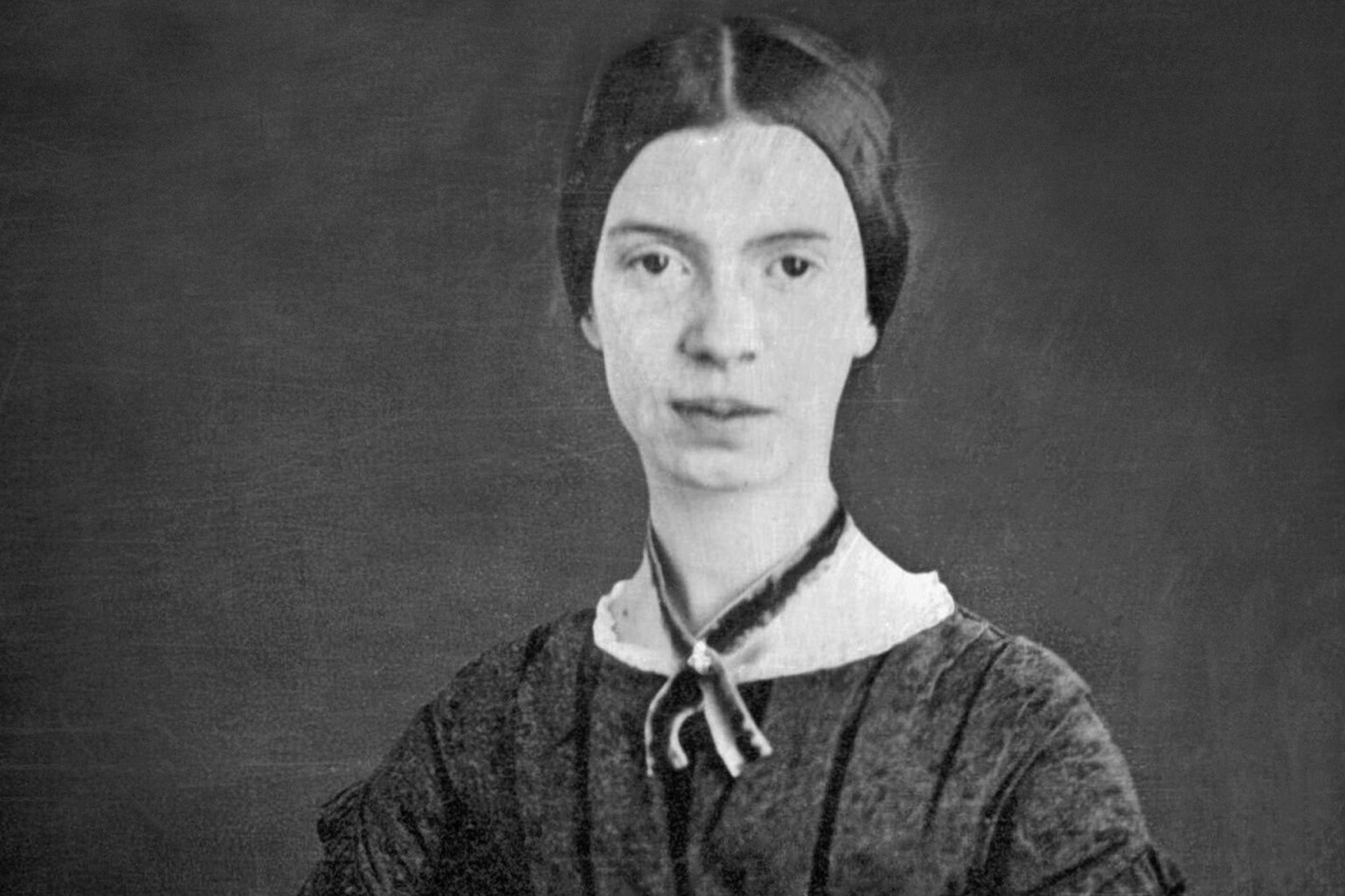
Emily Dickinson “It was not death, for I stood… Poetry Foundation
A Swelling of the Ground - The Roof was scarcely visible - The Cornice - in the Ground - Since then - 'tis Centuries - and yet Feels shorter than the Day I first surmised the Horses' Heads Were toward Eternity - THE POEMS OF EMILY DICKINSON: READING EDITION, edited by Ralph W. Franklin, Cambridge, Mass.:
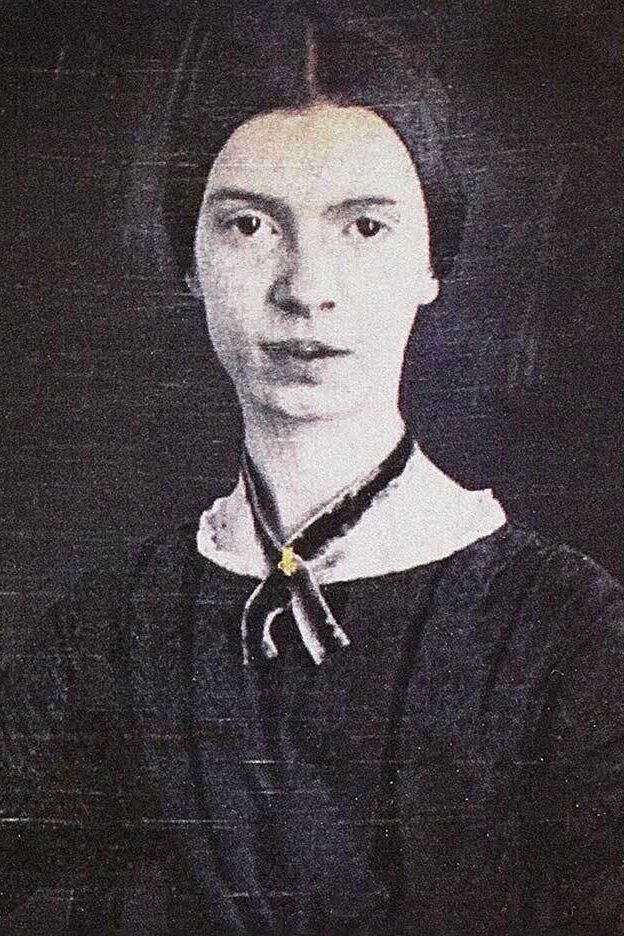
12 Distinctive Emily Dickinson Facts YourDictionary
"I heard a Fly buzz - when I died -" (591) by Emily Dickinson This poem by Emily Dickinson has a clear dramatic situation which is that the speaker has died. This poem is reflecting on this person's death.
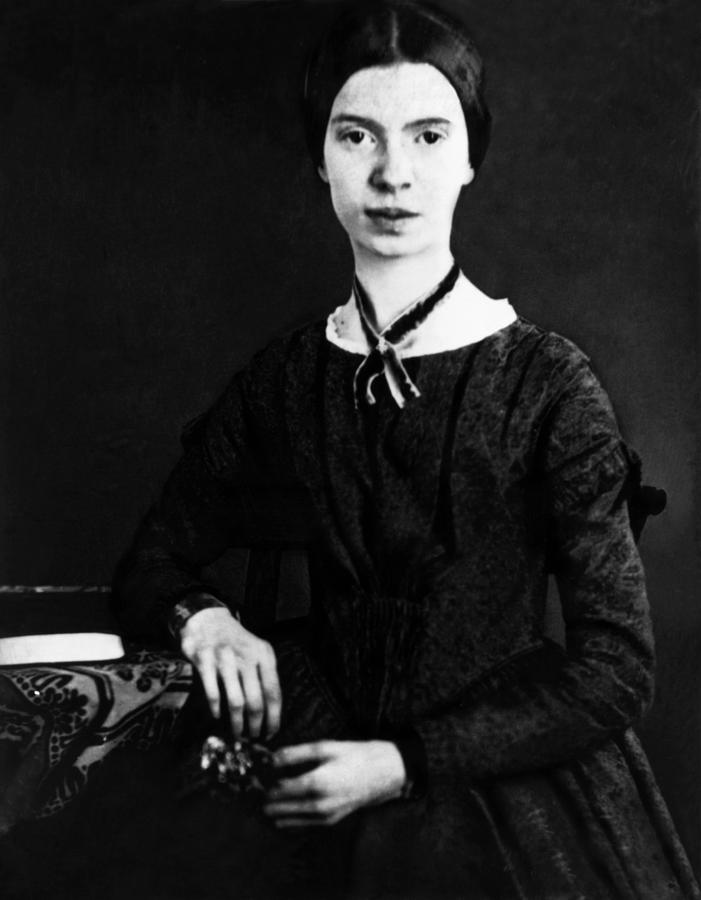
Who Let The Blog Out Emily Dickinson, A Great American Poet
DTU Ballerup Campus is an architectural gem of 42,000 square metres located 10 km outside the centre of Copenhagen. In addition to laboratories, experimental halls, classrooms and group rooms, auditoriums, offices and so on, the buildings also house a number of unique works of art. Located 10 km from downtown Copenhagen, DTU Ballerup Campus is.
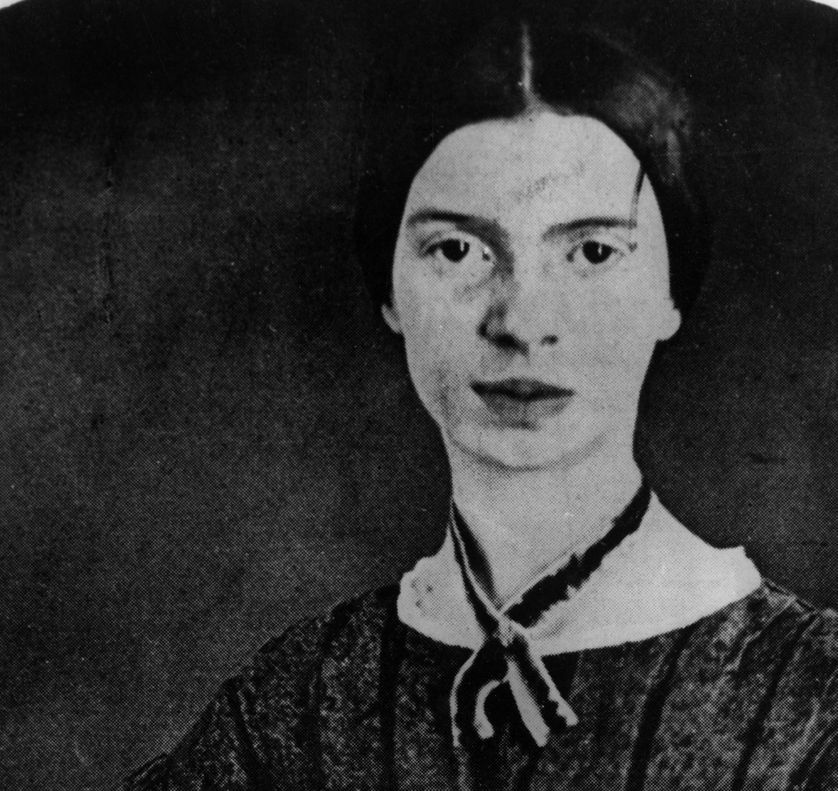
VoyageEnPoésie Emily Dickinson Eglise Saint Eustache
A Short Analysis of Emily Dickinson's 'I heard a Fly buzz - when I died' By Dr Oliver Tearle (Loughborough University) Death is a theme that looms large in the poetry of Emily Dickinson (1830-86), and perhaps no more so than in the celebrated poem of hers that begins 'I heard a Fly buzz - when I died'.

Emily Dickinson “Poem 591” Alli’s Literature Connections
Like many of Emily Dickinson 's poems, "I heard a Fly buzz--when I died--" focuses on death and what may happen after a person's physical body dies. For Dickinson, this exploration of the.
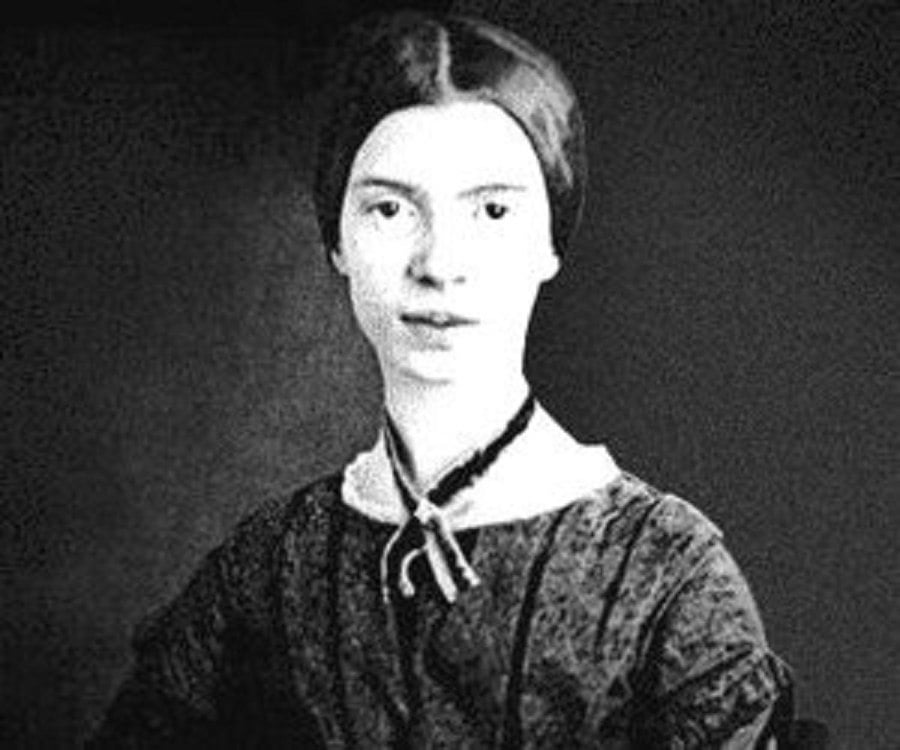
The Learn'd Astronomer Communication Speech is one symptom of Affection
Popularity: "I Heard a Fly Buzz When I Died" is one of the best poems written by Emily Dickinson which dramatizes her vision of death.It was first published in 1896. It is a simple poem, reflecting the morbidity of dying using imageries. The dead speaker is describing the events that led to her death. Since its publication, it has won a lot of admiration from its readers for its subject.

Noetic Emily Dickinson's "I heard a Fly buzz (591)" (Analysis by
Emily Dickinson carefully constructed "I heard a Fly buzz--when I died--" to have perfect iambic meter. The word 'meter' describes the pattern of stressed and unstressed syllables in a poem.
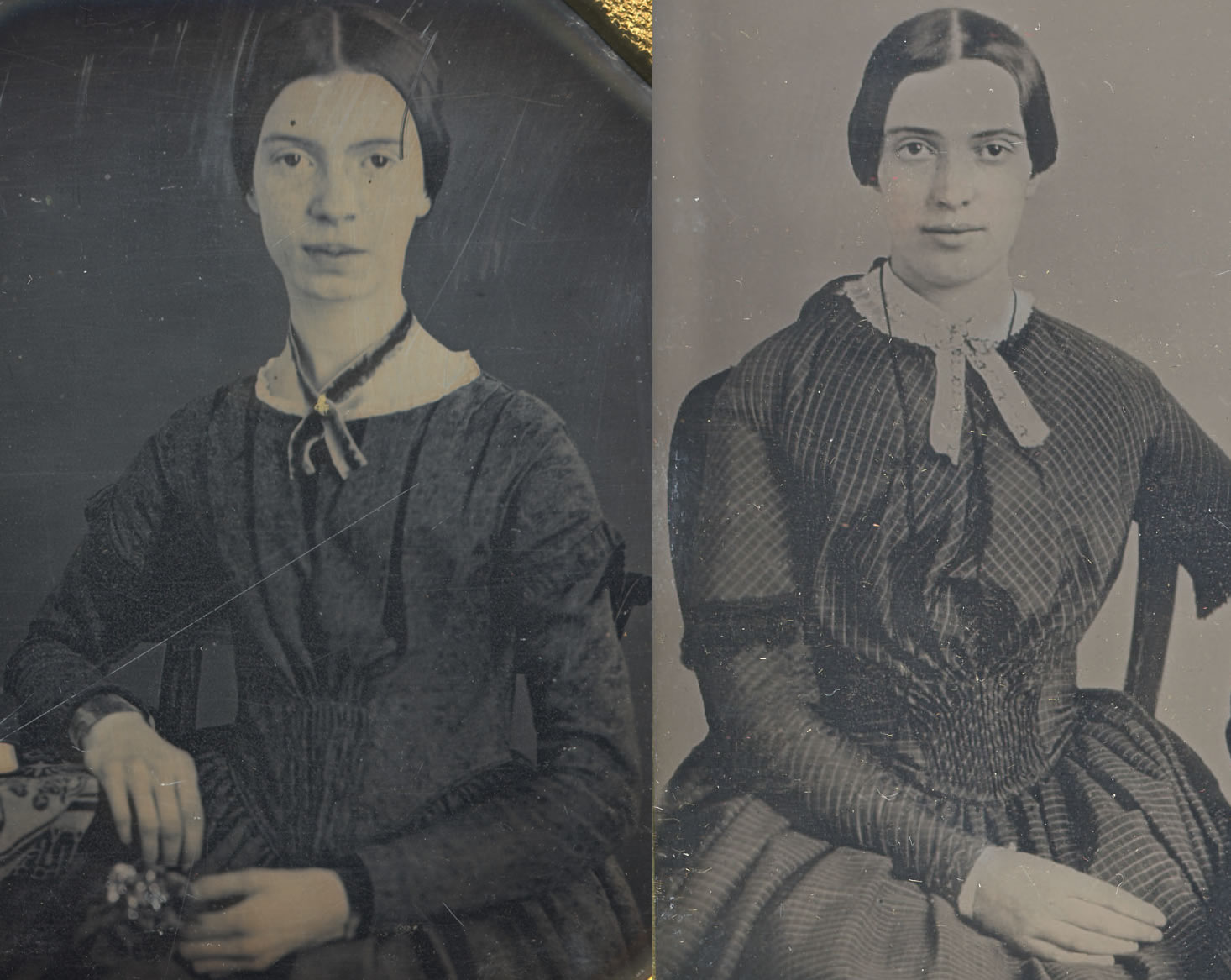
Second picture of Emily Dickinson found? The History Blog
Emily Dickinson, "I Heard a Fly buzz—when I died" from The Complete Poems of Emily Dickinson, edited by Thomas H. Johnson. Copyright 1945, 1951, ©1955, 1979, 1983 by the President and Fellows of Harvard College. Reprinted with the permission of The Belknap Press of Harvard University Press.

At home with Emily Dickinson
" I heard a Fly buzz—when I died " is the informal name for an untitled poem by American author Emily Dickinson. In the poem, the narrator is on her deathbed as she describes the progression towards her death. Critics have theorised a diverse range of interpretations that address the appearance of a fly in the poem. [1]
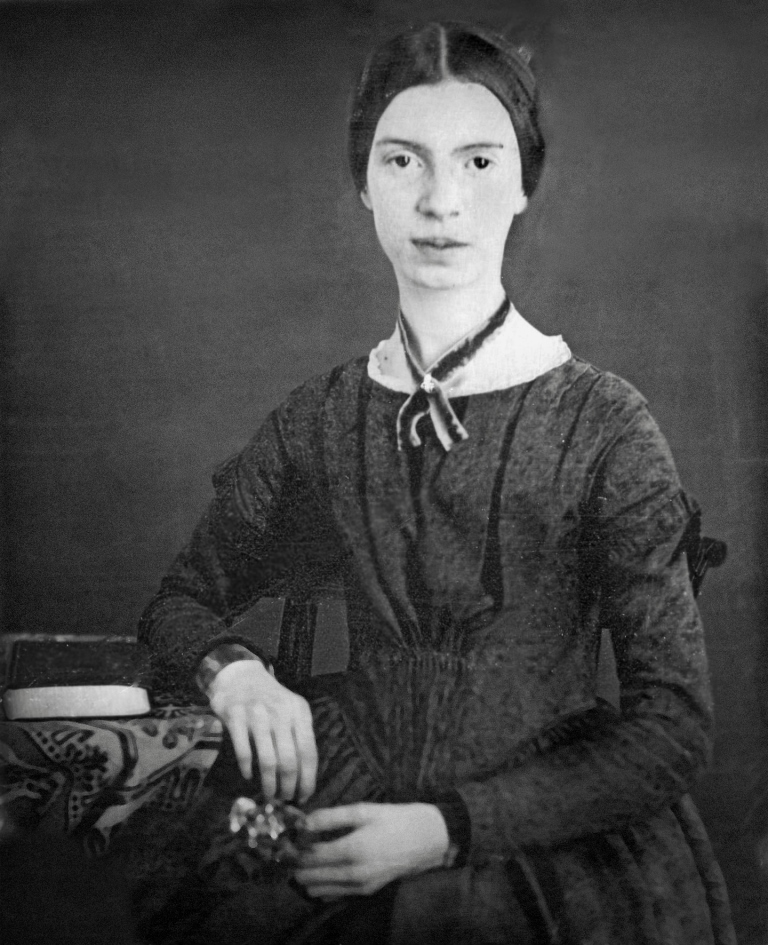
LGBT History Month Emily Dickinson and Walt Whitman English
The Truth's superb surprise As Lightning to the Children eased With explanation kind The Truth must dazzle gradually Or every man be blind — THE POEMS OF EMILY DICKINSON: READING EDITION, edited by Ralph W. Franklin, Cambridge, Mass.:
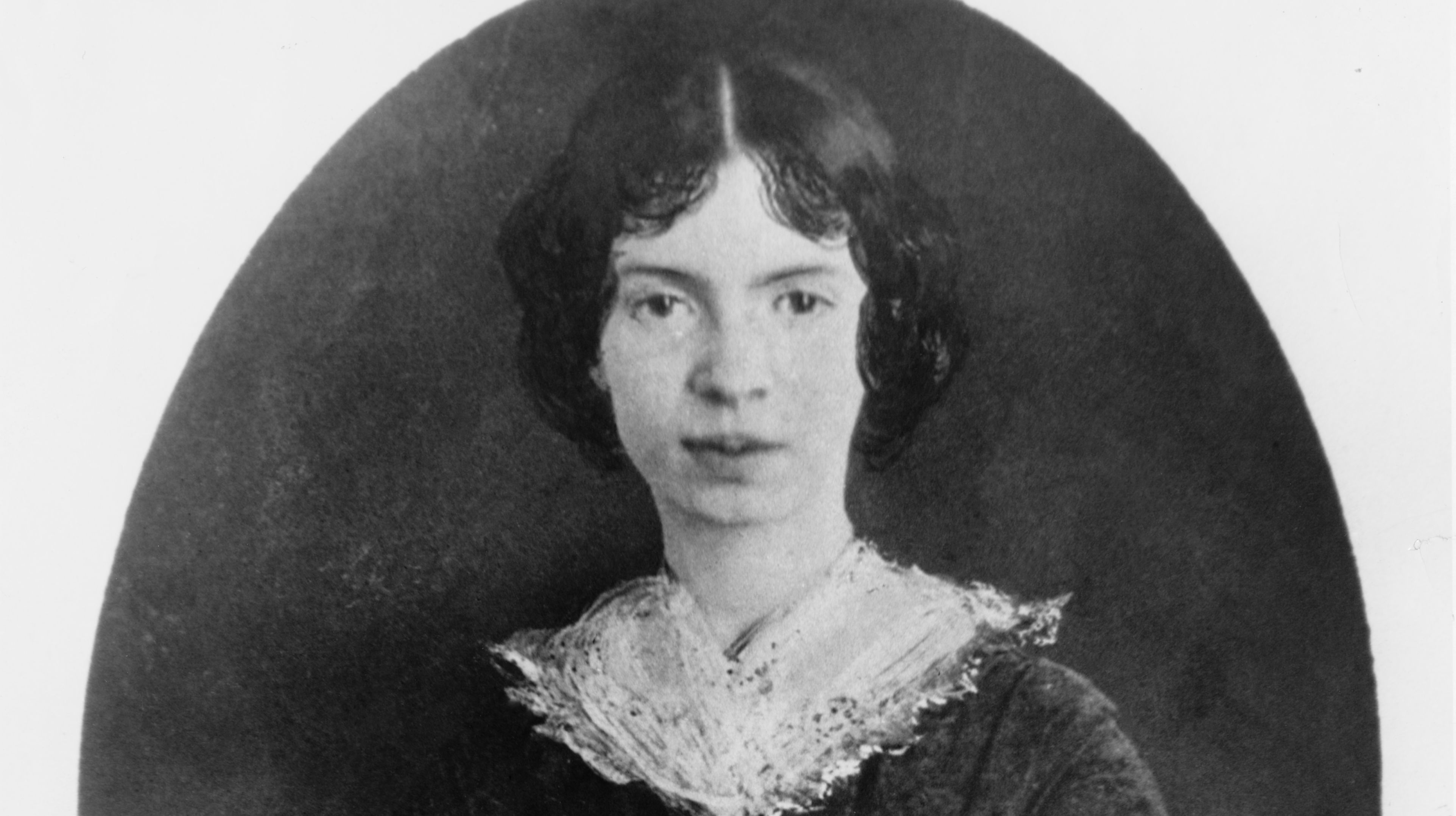
11 Poetic Facts about Emily Dickinson Mental Floss
"I heard a Fly buzz - when I died" was written by the American poet Emily Dickinson in 1862, but, as with most Dickinson poems, it was not published during her lifetime. It has since become one of her most famous and one of her most ambiguous poems, talking about the moment of death from the perspective of a person who is already dead.

I Heard a Fly Buzz When I Died (591) by Emily Dickinson _ Poetry
Emily Dickinson's "I heard a Fly buzz—when I died—" explores death from the unique perspective of a speaker who has traversed its boundary. When this poem was first published, Dickinson.